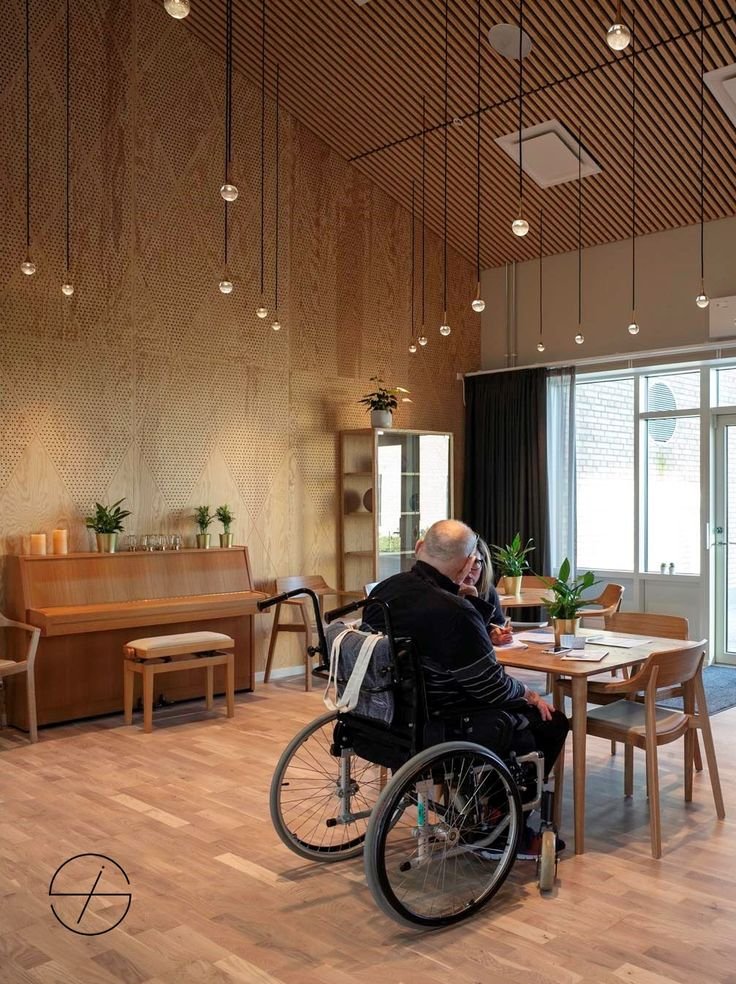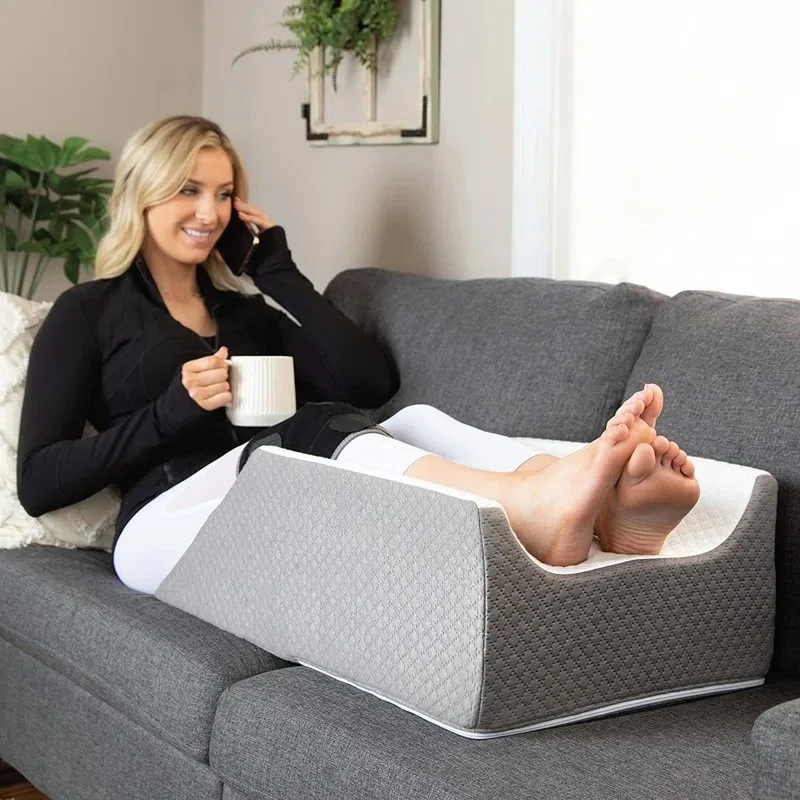In the quest for healthier, stronger hair, many turn to hair vitamins to provide the necessary nutrients for optimal growth and vitality. But with so many options available, how can you determine which ones truly deliver results? In this article, we explore the key components to look for in hair vitamins and examine real user reviews to see if these supplements live up to the hype.
No. 1
Key Components in Hair Vitamins: What to Look For
When selecting hair vitamins, it's crucial to understand which ingredients are most effective. Here are some essential components that should be part of any high-quality hair supplement:
Biotin (Vitamin B7): Known for its role in hair health, biotin supports the production of keratin, a protein that makes up the structure of hair. Adequate biotin intake can lead to stronger, thicker hair.
Vitamin E: This antioxidant helps protect hair follicles from oxidative stress and damage. It also promotes healthy circulation to the scalp, which is essential for hair growth.
Folic Acid: Essential for generating new cells, folic acid contributes to the health of the scalp and hair follicles, supporting overall hair growth.
Vitamin D: A deficiency in vitamin D has been linked to hair loss. Ensuring sufficient levels can help maintain the growth cycle of hair follicles.
Collagen: This protein supports the scalp’s dermis and can help prevent hair thinning. Collagen supplements often include amino acids that are building blocks for keratin production.
Including these key ingredients in your hair care regimen can significantly impact the health and appearance of your hair.
No. 2
Real User Reviews: Do Hair Vitamins Live Up to the Hype?
To truly assess the effectiveness of hair growth vitamins, you must consider real user experiences, testimonials, and feedback shared by individuals who have incorporated these supplements into their daily routines.
Here are some key points to take into consideration when assessing reviews:
No. 3
Positive Feedback
Customer feedback is crucial in selecting the right hair vitamins for your specific needs. By listening to the experiences and testimonials of other customers, you can gain valuable insights into the effectiveness of the product, any potential side effects, and overall satisfaction levels.
This feedback can help you decide which hair vitamins are most likely to work well for you, based on real-life results from people who have used them. Before investing in any hair vitamin product, take the time to research and consider customer feedback to gauge results.
Look out for customer feedback that highlights:
Increased Hair Growth: Users observe faster hair growth and reduced hair fall within a few months of consistent use.
Enhanced Thickness and Volume: Reviews mention that hair appears fuller and thicker, with a noticeable improvement in volume.
Improved Shine and Texture: Customers note added shine and smoother texture of their hair after incorporating these supplements into their routine.
Luseta Beauty
Luxury, salon-quality hair care, that is suflate, paraben, and cruelty-free
No. 4
Results May Vary
While the majority of feedback may be positive, some users may note that results can vary based on individual health conditions and consistency of use. Some customers may mention that they did not see significant changes within the first month, but improvements became apparent with continued use.
Others may simply say that the product did not work for them. It is indeed true that results may vary from person to person, as each individual's unique circumstances and efforts can influence the outcome differently. So, your results will be subject to the same variables and should be taken into consideration.
No. 5
Combining with Hair Growth Serum
For optimal results, many users may recommend pairing the vitamins with a complementary hair growth serum. A serum can provide additional nourishment directly to the scalp and hair follicles, enhancing the effects of the vitamins. The combination of internal and external treatments often leads to the best outcomes for hair health.
No. 6
Men's Experience
It’s not just women who benefit from hair vitamins. Men have also seen positive results, particularly with products designed for their specific needs. The best vitamins for men's hair growth often include ingredients tailored to combat male pattern baldness and promote stronger, healthier hair.
Takeaways
While individual results can vary, the key to achieving the best outcomes with hair vitamins lies in choosing products with proven ingredients and maintaining consistent use. Look for products that are supported by positive user reviews, and offer a promising solution for those looking to enhance their hair health from within. Meanwhile, look to pair these supplements with a targeted hair growth serum to further amplify the benefits, for a comprehensive approach to hair care.
LOOKING FOR WELLNESS RESOURCES?
Are you looking to enhance your wellness routine? Explore our wellness partners who offer a wide range of resources to support your journey toward holistic living and well-being.




















































































































